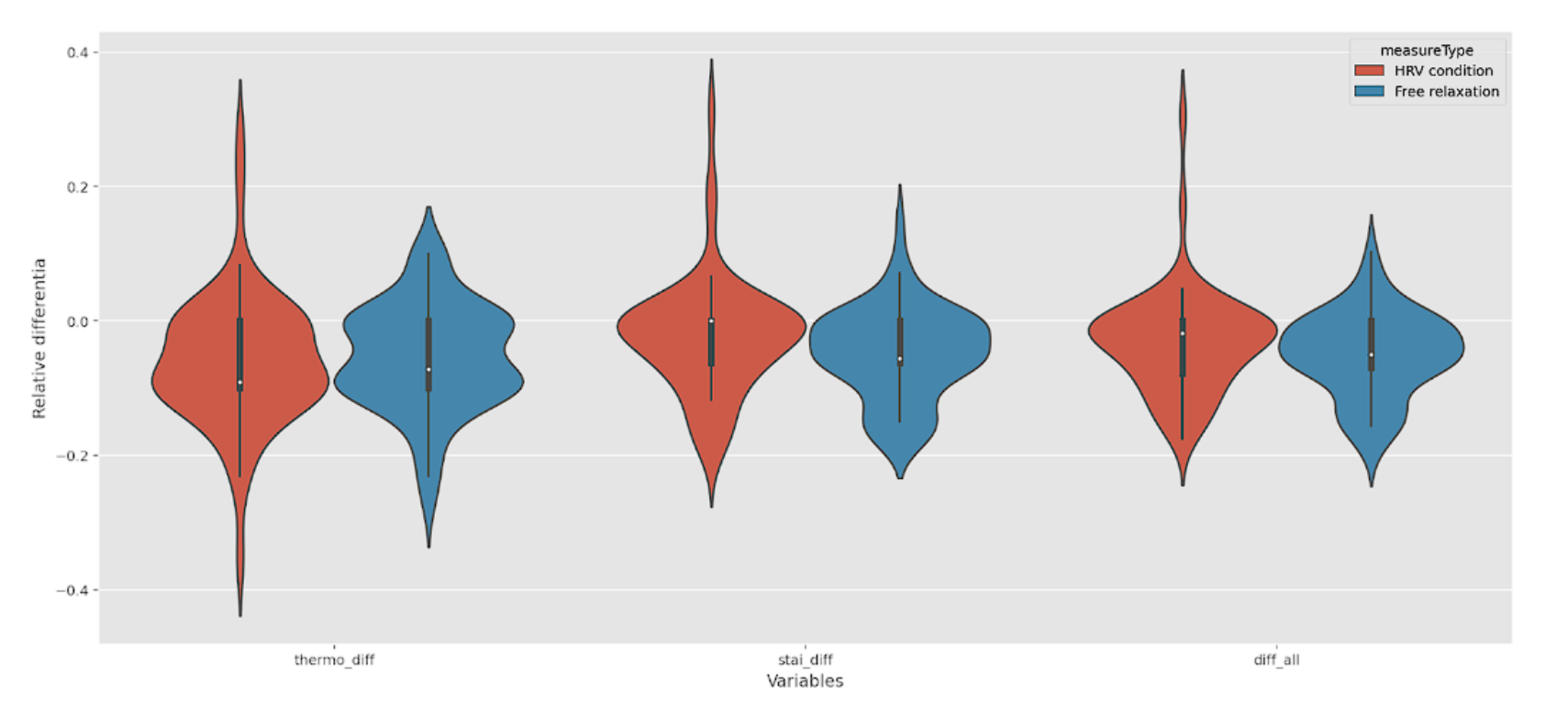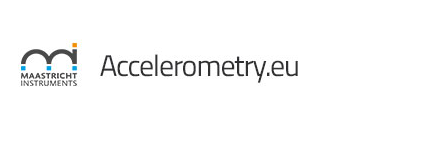Introduction
A non-invasive stress management technique called biofeedback treatment uses accurate measurement and real-time feedback of the condition of physiological processes to help restore and maintain the vegetative balance. Depending on whatever physiological process is being tracked and managed during the course of the treatment, there are various types of biofeedback therapies. Biofeedback training, for instance, can be used to teach and promote self-regulation by monitoring physiological processes like breathing rate, skin temperature, heart rate, blood pressure, electrodermal response, muscular activity, and brain activity. The biofeedback loop is made up of a biosensing unit that detects unconsciously occurring physiological processes and feeds that information to a data processing unit for analysis. The subject then modulates his or her physiological process in accordance with the audiovisual feedback once the analyzed data has been displayed on the feedback unit. The physiological processes of the people undergoing biofeedback therapy are synchronized with the feedback stimuli, resulting in the induction of mental and physical changes.
Monitoring of heart rate variability serves as the foundation for heart rate variability (HRV) biofeedback training. Chronic diseases are treated with training in HRV biofeedback. It helps with fibromyalgia, depression, insomnia, hypertension, coronary artery disease, and inflammatory diseases, among other things. The training may also help to effectively lessen the signs and symptoms of stress and anxiety. By matching breathing and heart rate, stress can be reduced. Measurement of the particular resonance frequency and instruction in abdominal breathing are the first steps in the HRV biofeedback training regimen. The subject inhales through the nose into the stomach while doing abdominal breathing with their lips closed, and they slowly exhale through their mouth to prevent hyperventilation. To assist participants in adjusting their breathing to their heart rate, the HRV biofeedback training always includes visual input of the heart rate, typically in the form of a heart rate graph (inhaling as heart rate increases, exhaling as heart rate decreases). An individual resonance frequency is discovered during HRV biofeedback training sessions combined with abdominal breathing.
Training in HRV biofeedback decreases stress and anxiety in both laboratory and real-world settings and can be used to daily stress management. The perceived tension and anxiety can be reduced and psychological well-being can be improved with HRV biofeedback training almost as effectively as other stress reduction techniques like exercise and mindfulness meditation. Additionally, it has been discovered that HRV biofeedback training is an effective way to lessen the symptoms of subclinical anxiety.
Goal of this study
The study’s objective was to create a method to assist front-line healthcare personnel in reducing workplace stress in real-world circumstances while working with increased intensity and fluctuating tempo. The healthcare industry can be very difficult to work in. Intensive care unit (ICU) and emergency department (ED) staff members may regularly endure emotional discomfort, which could raise the risk of burnout and compassion fatigue.
In real-world situations where a trainer is not present and training is only possible through IT technology, the study’s goal was to evaluate the effectiveness of HRV biofeedback training to relaxation techniques. Investigating if repeated HRV biofeedback applications are more helpful at reducing stress than routine relaxation techniques was another aim of the study.
Methods
The character inventory, often known as the temperament in Hungarian, is a condensed form of the temperament. The Behaviour Inhibition System/Behaviour Activation System Scales (bis-bas scales) in Hungarian translation, the MOX3 ECG and Physical Activity recording system, the physical diary, and the MOX Activation application are all used in the evaluation of Memphis, Pisa, Paris, and San Diego (TEMPS-A).
Participants went to a private counseling session before the intervention. The participant signed up for the Biofeedback application using a previously established unique identity and a freely selected password to start the personal consultation. Following instruction in diaphragmatic breathing and application use by the participants, the specific resonance frequency was determined using the program. The MOX3 ECG and Physical Activity recording system (Maastricht Instruments BV) was then used in a demonstration before being distributed to the participants together with the MOX Activation smartphone app. The participant downloaded the MOX Activation application, signed in using the same username and password as the Biofeedback application, and the research assistant showed them how to use it. Additionally, participants received a physical diary to keep track of their daily activities throughout the experiment. The Mini International Neuropsychiatric Interview and demographic and psychological questionnaires were completed after the appointment. The in-person discussion lasted 30 minutes. Following the individual consultation, participants used the MOX Activation app to track their daily activity and wore the MOX3 ECG and Physical Activity monitoring equipment constantly for five days. The MOX3 device was used in conjunction with the Biofeedback application. In a quiet room on each hospital ward, participants utilized the Biofeedback application on workdays during breaks.
Results
The program was successfully tested in real-world settings on a variety of healthcare workers. The researchers were successful in developing the approach, designing, and testing the algorithm, which has been found to be useful for stress reduction through HRV-based biofeedback training. The experiments also supported the theory that even after only one use, IT-only biofeedback-based relaxation sessions can reduce stress in a manner similar to that of spontaneous relaxation. In order to attain greater effects than with spontaneous relaxation, when such progress has not been shown, the participant must learn to intentionally reduce stress with biofeedback from session to session. To assist the participant in achieving this frequency, which, if sustained, can dramatically lower stress, the specially designed research app used visual feedback. The researchers get the conclusion that BF increases in effectiveness through time and repetitions rather than decreasing it by contrasting it with Free relaxation. The results presented here support the idea that biofeedback-based spontaneous relaxation can be successfully matched by relaxation strategies that are solely IT-based. This gives a foundation for further research, methodology development, and application to successfully lower workplace stress.
 Figure 1 shows the violin plot of three variables produced during data processing and the relative differences between them using various relaxing techniques.
Figure 1 shows the violin plot of three variables produced during data processing and the relative differences between them using various relaxing techniques.
Related products
MOX3 Activity monitor + ECG logger
The MOX3 is a validated activity monitor embedded with our proprietary algorithms featuring an ECG logger. It seamlessly measures and records high resolution raw acceleration data, multiple activity parameters and ECG signals up to 7 days. Data can be exported for further analyses in multiple compatible programs. It presents as a valuable tool to gain insights into the cardiovascular system and physical activity.
More information about the MOX3
How can we help you with your research?
Maastricht Instruments creates equipment in the field for accelerometry. We provide support for Clinical research, E-health applications, accelerometry algorithms and data processing and analyses. Consult us about our accelerometry products, MOX1, MOX2, MOX3, MOX5 and BACE. or eHealth applications: Hospital Fit and Miss Activity
Reference
Rudics E, Nagy Á, Dombi J, Hompoth EA, Szabó Z, Horváth R, Balogh M, Lovas A, Bilicki V, Szendi I. Photoplethysmograph Based Biofeedback for Stress Reduction under Real-Life Conditions in Healthcare Frontline. Applied Sciences. 2023; 13(2):835. https://doi.org/10.3390/app13020835
